Product Consultation
Your email address will not be published. Required fields are marked *
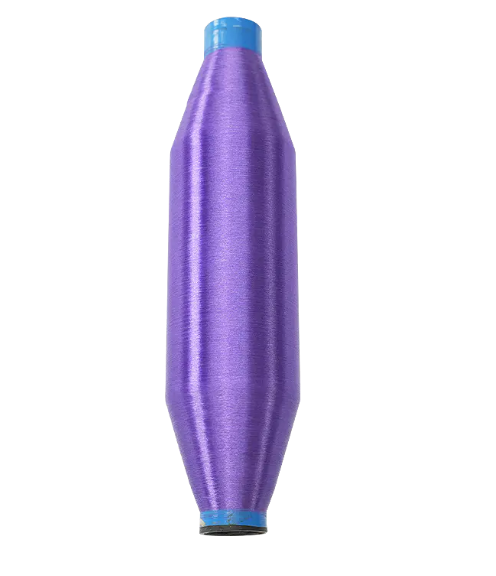
How does nylon monofilament compare to other synthetic monofilaments like polyester or polypropylene in terms of strength and durability?
Sep 17,2025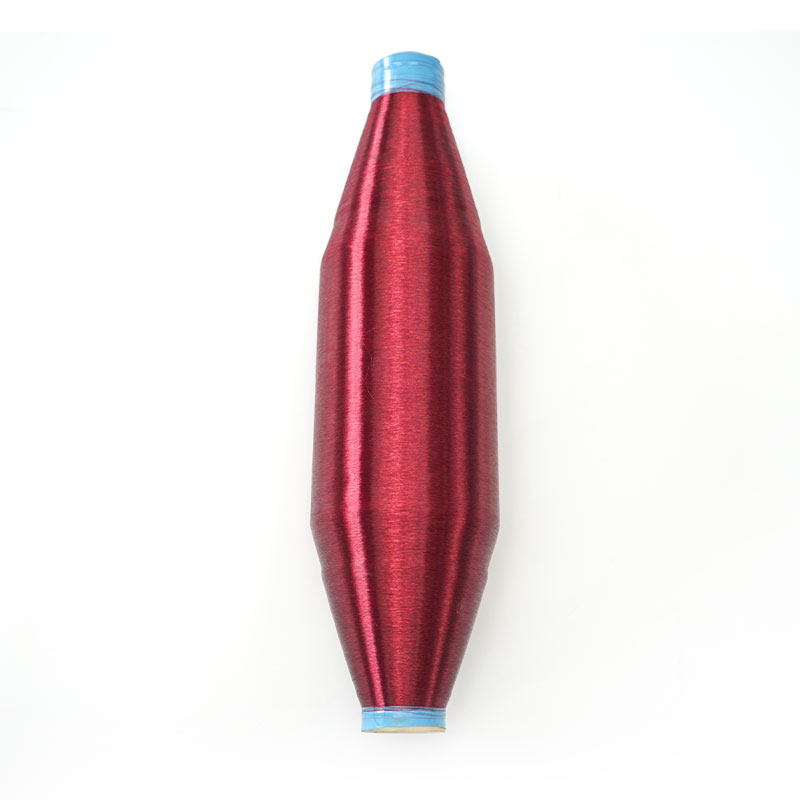
What is the lifespan or durability of nylon monofilament yarn under heavy usage or outdoor exposure?
Sep 10,2025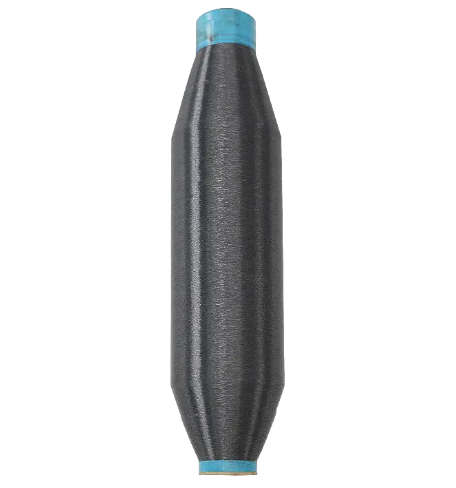
How does the diameter or thickness of the nylon monofilament yarn affect its strength, flexibility, or application?
Sep 03,2025Differences in production processes
The production of traditional nylon yarn is mainly completed through polymerization, melt spinning, stretching and finishing. Its process is relatively mature and standardized, the equipment and technology are relatively popular, and the production efficiency is high.
The production process of nylon multifilament yarn is relatively complicated. Multifilament generally refers to a composite fiber composed of two or more fibers through co-extrusion, multi-cavity spinning or blending. Nylon multifilament usually involves the following additional steps:
*Multi-cavity spinning technology requires a special spinneret design to achieve simultaneous molding of multi-component fibers.
*Fiber structure control and ratio adjustment, which requires more precise process parameter management.
*The stretching, heat treatment and other steps of composite fibers are more detailed than traditional nylon yarns to ensure that the fibers are firmly bonded and the performance is balanced.
The process of producing nylon multifilament yarn not only has more composite manufacturing links, but also requires strict control of the fiber structure, which is more complicated than the process of traditional nylon yarn.
Raw materials and cost input
The raw materials of traditional nylon yarn are mostly single polyamide materials, and the raw material procurement and ratio are relatively simple, and the cost is relatively stable. The nylon raw material market is mature and the supply chain is perfect, which is conducive to controlling production costs.
Due to its composite structure, nylon multifilament usually involves a combination of multiple materials, such as nylon and polyester, spandex and other different fibers, or nylon with different modified substances. This makes the procurement of raw materials more complicated, and the cost of some high-performance composite materials is higher than that of a single material.
The ratio and quality stability of composite materials are required to be high. Any fluctuation in raw materials will affect the performance of the finished fiber, resulting in material waste and increased debugging time in production, which also indirectly increases costs. Nylon multifilament is usually more expensive than traditional nylon yarn at the raw material level.
Process equipment and technical requirements
Traditional nylon yarn production equipment has mature technology, relatively simple operation, technical personnel have a high degree of mastery of the process, rich maintenance and troubleshooting experience, and relatively stable production efficiency. In contrast, nylon multifilament production requires dedicated multi-component spinning equipment, such as multi-cavity spinnerets and special drafting systems. These equipment are expensive and have strict requirements for operating parameter control.
During the production of multifilament yarn, multiple parameters such as temperature, pressure, and fiber stretch ratio need to be precisely controlled. Once a parameter in a certain link is abnormal, it may lead to a decrease in fiber performance or even an increase in scrap rate. The training requirements for multifilament process technicians are higher, and they need to have more knowledge and process experience in composite fibers. The overall technical threshold is significantly higher than that of traditional nylon yarn production.
Difficulty of quality control
Nylon multifilament yarn involves the combination of multiple materials, so the product performance is more complex and the difficulty of quality control is relatively increased. It is necessary to monitor the physical properties, chemical properties, structural uniformity and other aspects of the fiber. Traditional nylon yarn has clear properties of a single material, which makes detection and control relatively simple and has high production stability. Quality fluctuations in multifilament yarn production may lead to unstable performance of downstream products, increase the cost of inspection and rework, and thus affect overall production efficiency and economic benefits.
Market demand and cost impact
Nylon multifilament yarn is often used in high-end sportswear, industrial filtration materials, functional fabrics and other fields because of its richer functionality, and the market has high requirements for performance.
This market positioning allows the high production cost of nylon multifilament yarn to be compensated to a certain extent by the price of high value-added products. In contrast, traditional nylon yarn is more suitable for the mass market, and cost control is its core competitiveness. Although the production cost and process difficulty of nylon multifilament are high, its market value and application range are also relatively wide, forming a certain economic balance.

How to control the melting characteristics of low melt FDY yarn during spinning or heat treatment?
2025-05-27
Does nylon monofilament yarn have better resistance to aging or UV rays?
2025-06-10Your email address will not be published. Required fields are marked *
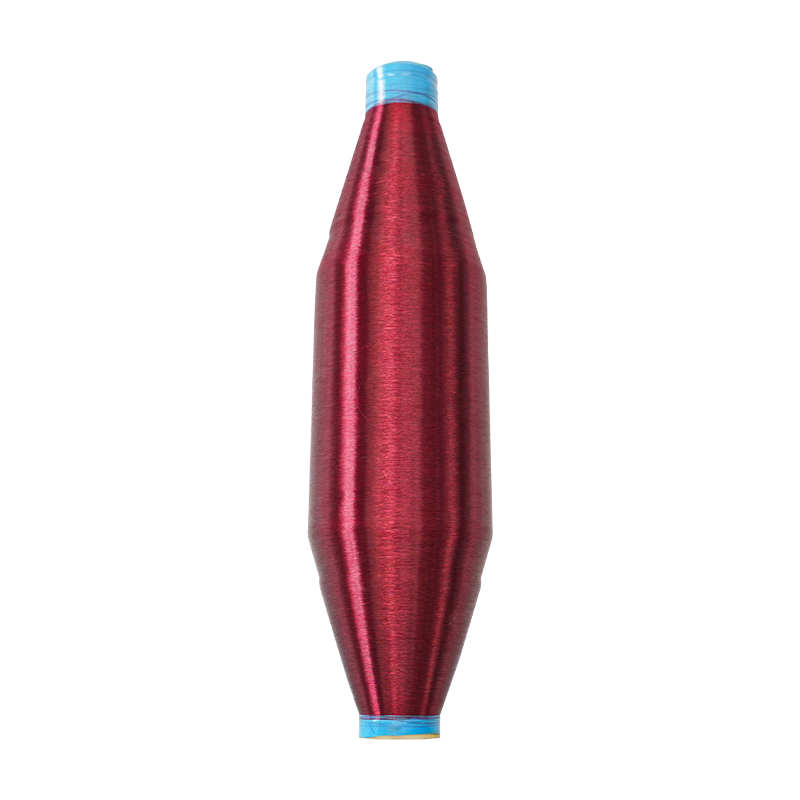
Biodegradable nylon yarn biodegrades faster in the environment than traditional synthetic fibers, helping to reduce negative environmental impacts. It also has the properties of nylon fiber, such as h...
See Details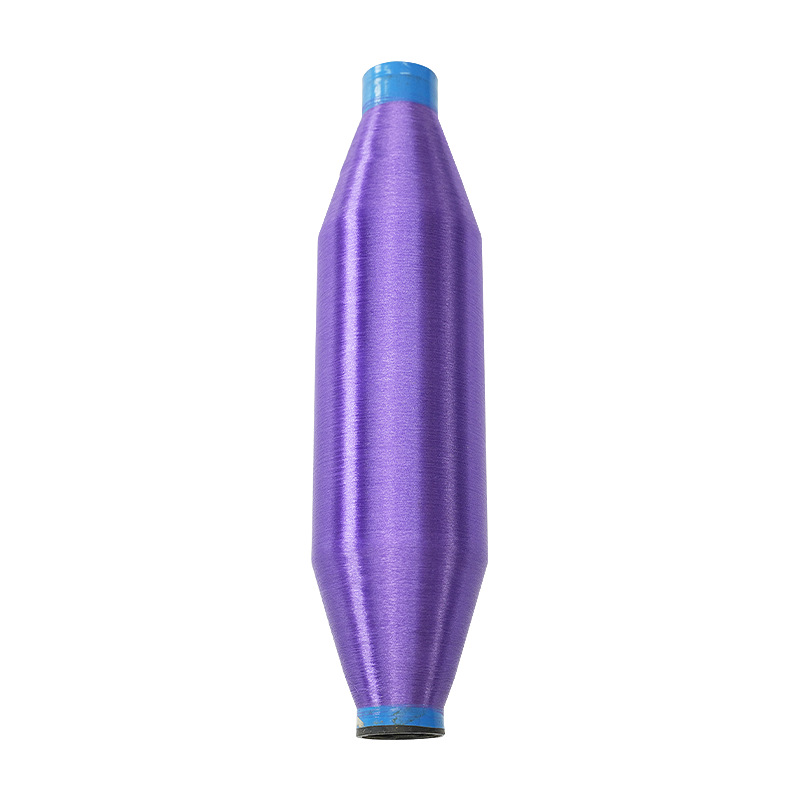
Single Strand Biodegradable Yarn is a single-strand structure, consisting of a single fiber bundle with no multiple strands tangled together. This structure makes the yarn softer, and smoother and exh...
See Details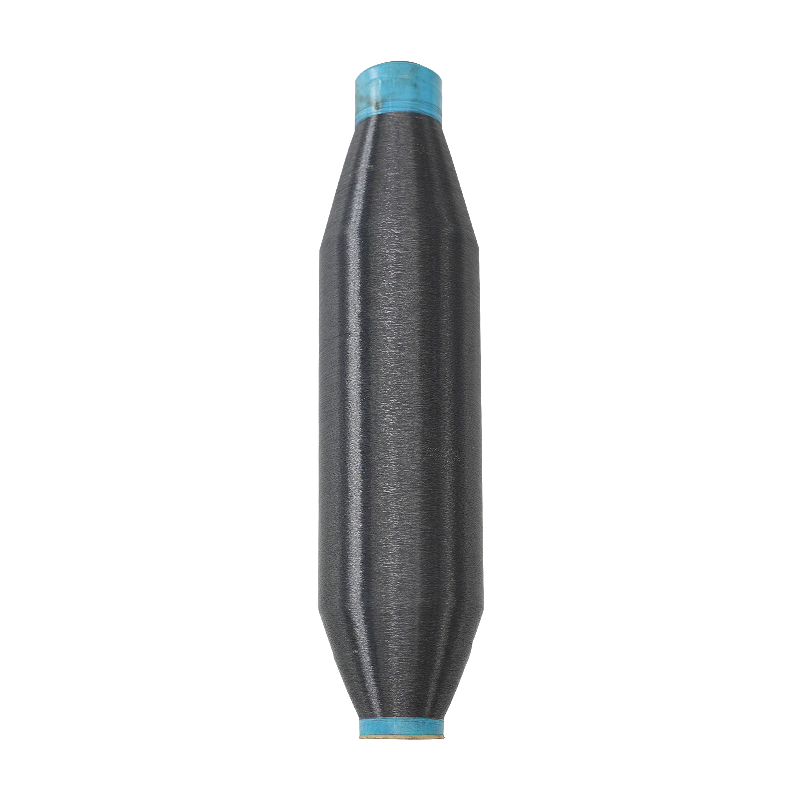
Nylon is a synthetic fiber with good strength and wear resistance, so 40D biodegradable yarn inherits the properties of nylon fiber. It has tensile strength, abrasion resistance and corrosion resistan...
See Details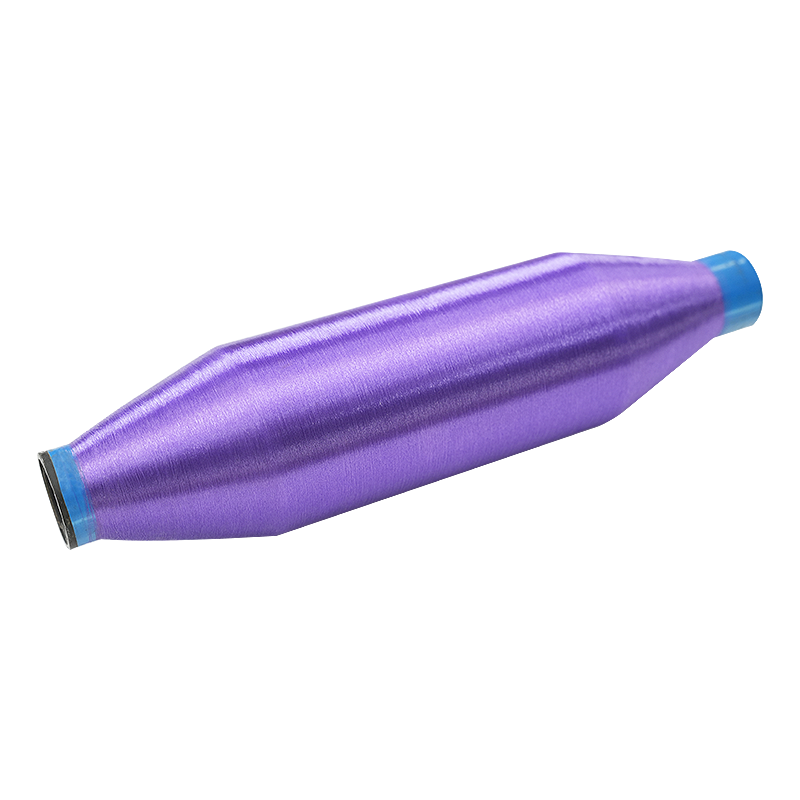
Graphene yarns can be produced by a variety of methods, including chemical vapor deposition (CVD) and wet spinning. In CVD, graphene is grown directly on a substrate, which is then removed to obtain g...
See Details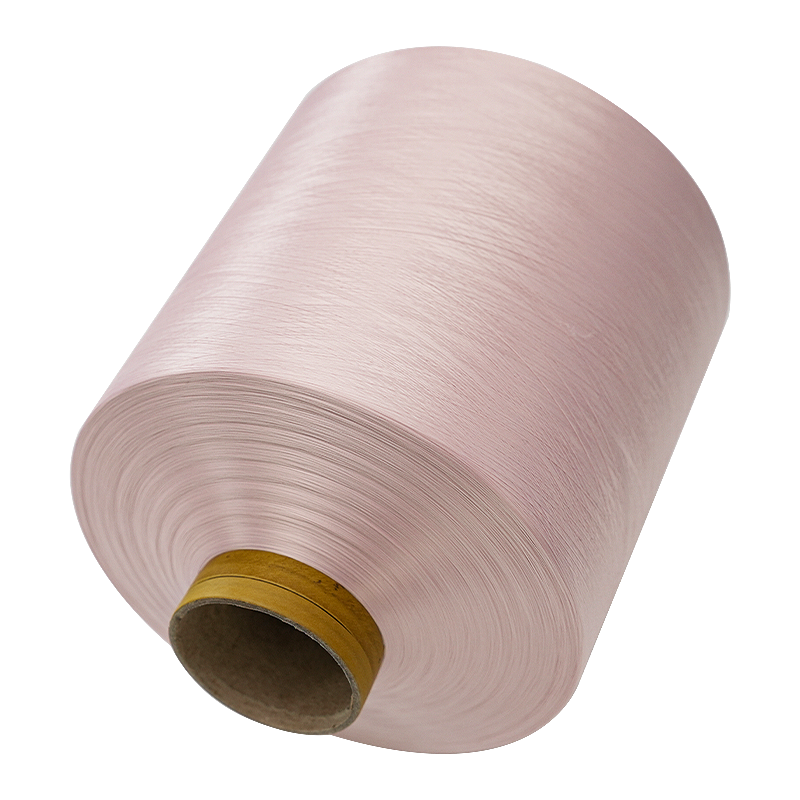
Double-strand nylon elastic yarn is a composite yarn composed of two strands of yarn. It has high strength, maintains stable performance even in a stretched state, and is not easy to break or deform. ...
See Details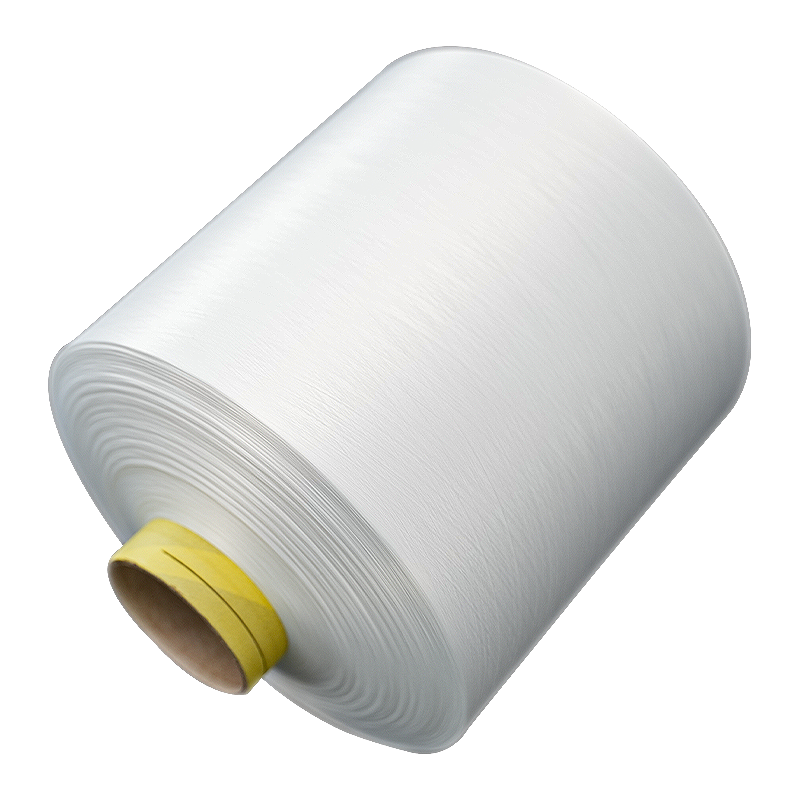
Nylon elastic yarn for textile use has a wide range of applications. Nylon elastic yarn is suitable for the manufacture of various textiles, such as underwear, socks, sportswear, swimwear, elastic fab...
See Details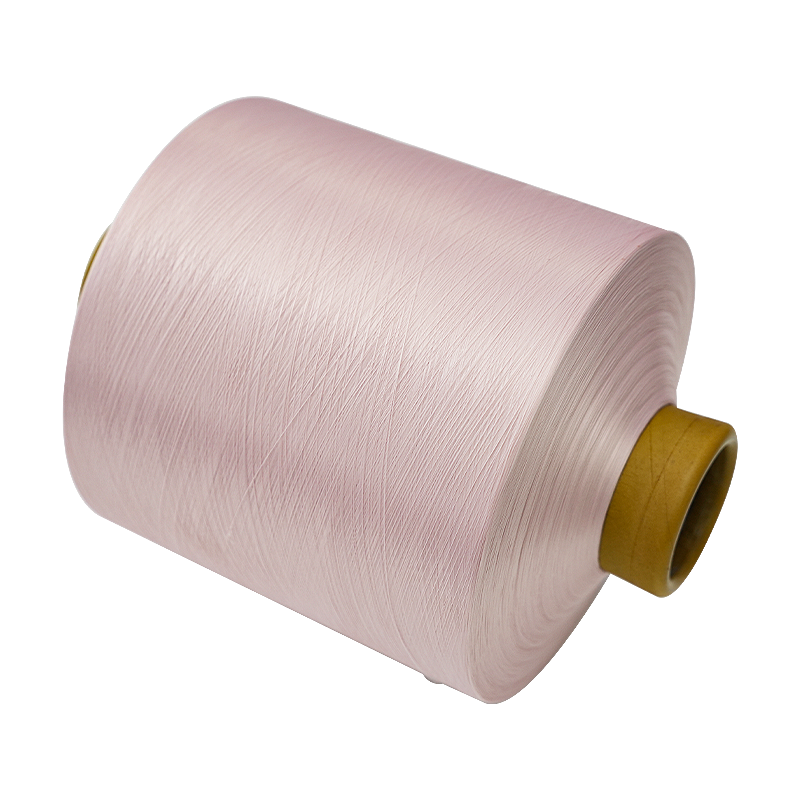
Fabrics made using Nylon elastic yarn for Weaving are lightweight, soft, comfortable and breathable, making them suitable for long-term wear. Made of high-quality nylon material with wear resistance, ...
See Details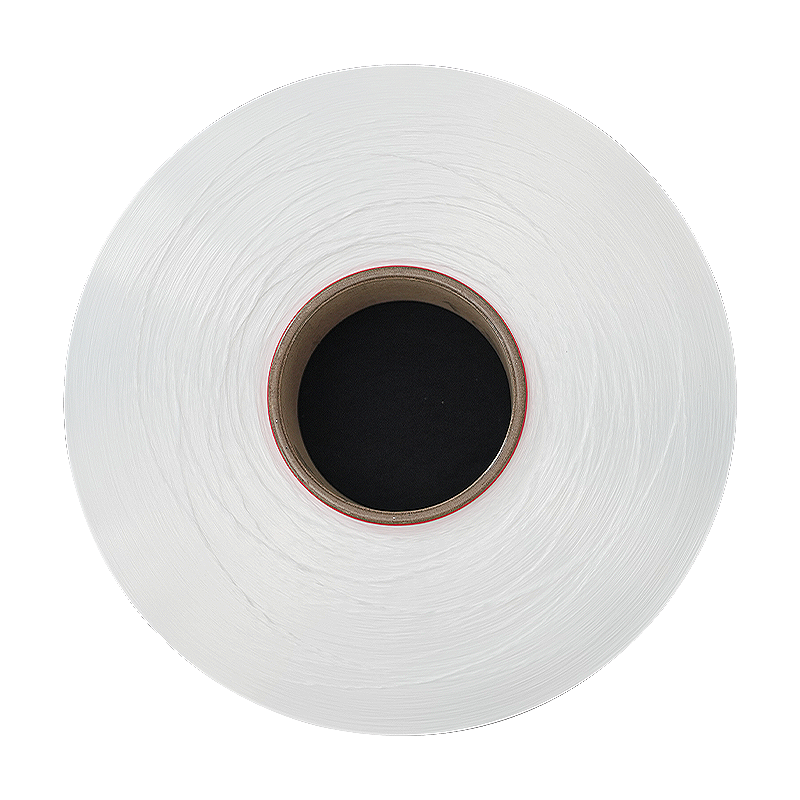
Fully stretched polyester blended yarn is made of a blend of polyester and nylon. Polyester itself has good wear resistance. After full stretch processing, the strength and softness of the yarn increa...
See Details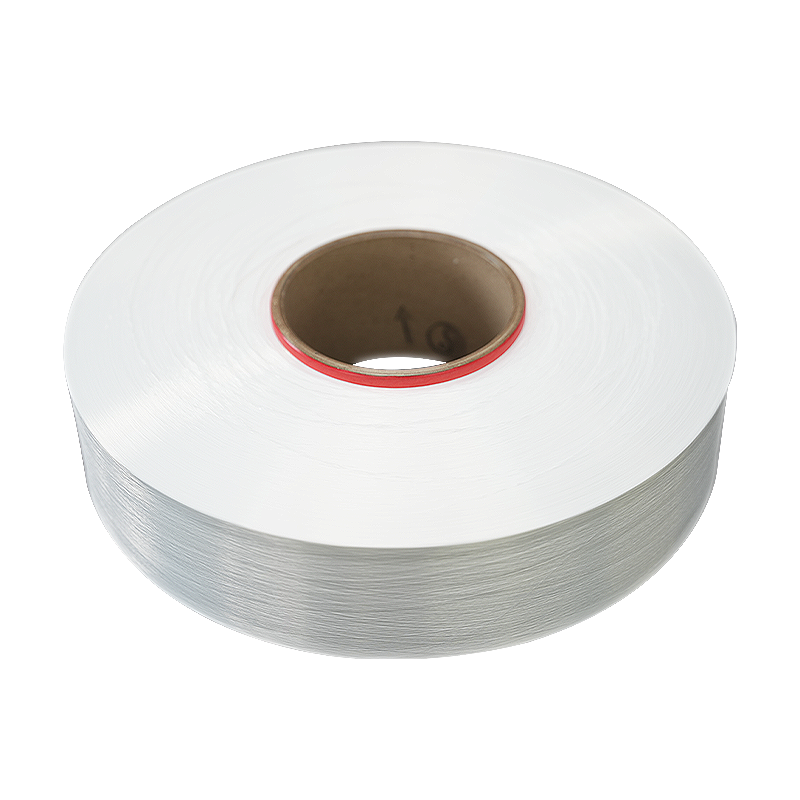
Low-melt textile FDY yarn can bond with other fibers at a certain temperature to form a strong fabric structure. This property makes it ideal for manufacturing synthetic or reinforced fabrics. This ki...
See Details
140D Durable low-melt FDY yarn is suitable for the manufacture of various textiles, especially for the preparation of composite fabrics, such as polyester-cotton blended fabrics or elastic fabrics. Th...
See Details
Cooling brushed durable FDY yarn has high durability and is suitable for manufacturing textiles that require wear resistance and durability. It is not easy to wear out after long-term use. Textiles of...
See Details
Water-repellent blended FDY yarn has good waterproof properties. This characteristic makes Water-repellent blended FDY yarn a greater advantage when making textiles with high waterproof requirements s...
See DetailsAddress: Duntou industrial park, haian county, nantong city,jiangsu province ,China.
TEL: +86 15850491859
E-mail: sales-betty@hsnylon.com
If You Are Interested In Our Products, Please Consult Us